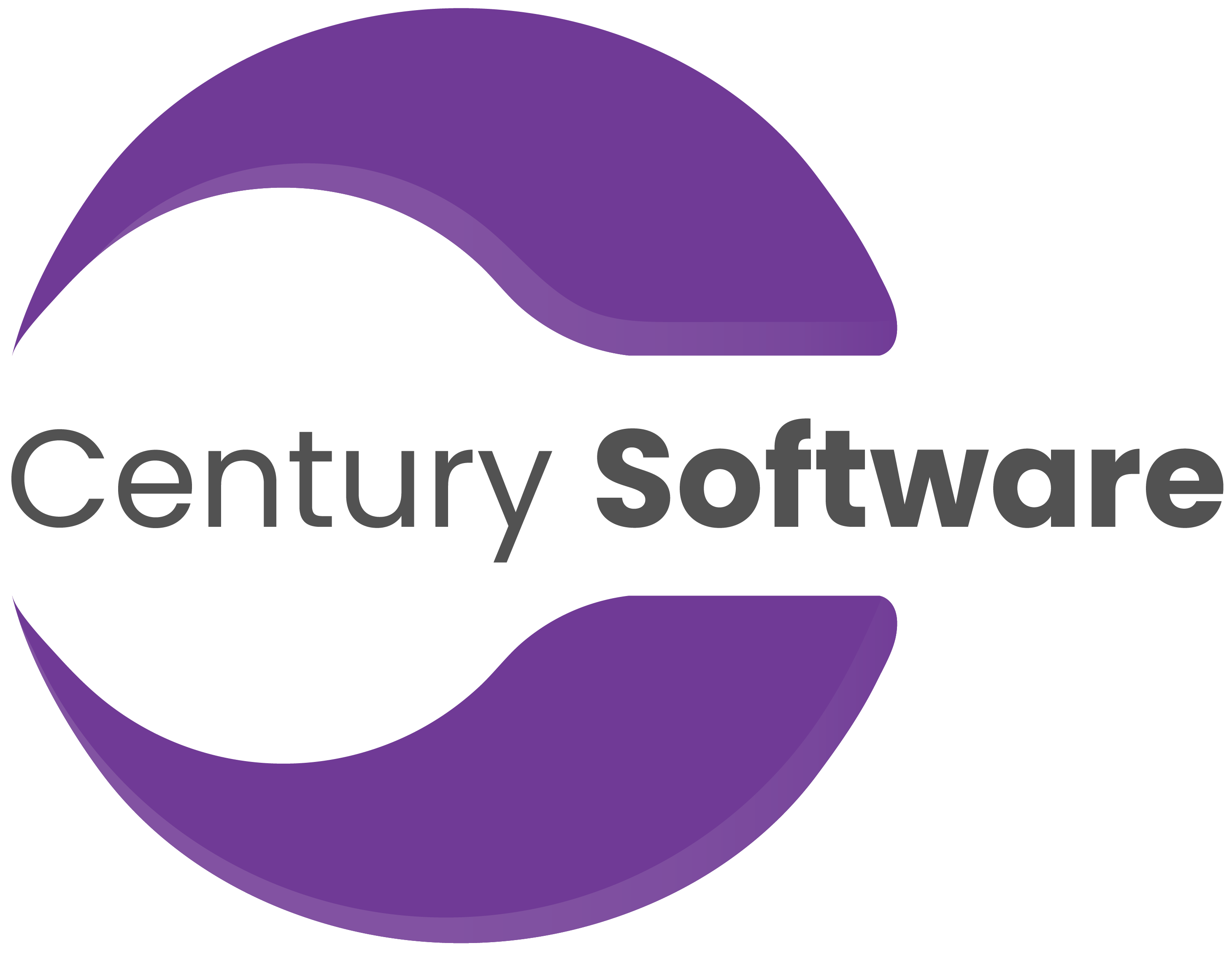What is an in-memory database system? Why do you need it?

Companies are generating 10s and 100s of GB of data each month. There is a very serious need to find solutions that can process this data fast, so that they can be consumed by systems, applications and people in real-time.
Let us start by understanding what is an in-memory database system and what are its advantages.
What is an In-Memory Database System?
In-Memory Database systems is a database management systems that primarily relies on main memory for data storage. It is used in contrast to the traditional database. This is paving the way to faster and optimized storage management.
Traditional Databases have become an essential component of software applications. But with changing times, it is turning to be obsolete and imposes a threat of security, compatibility and cost.
In-Memory Database Systems can process data 100* times faster than traditional databases depending on the type of hard drive used and data complexity.
Censof In-Memory Database System
Censof’s In-Memory database system aims to not only expedite data processing power but also provide scale especially if you deal with applications that are built on DotNet.
Censof In-Memory DB is built on DotNet, extracts data via ODBC, OLEDB or Dot Net Data Provider sources into an In-Memory Database. The technology is a self-contained package where most of the functionality can be called directly.
So, you can have the power of in-memory technology directly in your own apps and environment. Currently it is possible to have up to 2.1 billion rows in a Dot Net array. The limit is up to 2GB per object. 32- and 64-bit operating environments are supported.
In-memory databases are definitely a modern look for storage and integration. Each of these functionalities is carefully designed for maximum throughput and scalability.
Benefits of In-Memory Database System
Speed
InMemory.Net allows Dot Net applications to run queries at lighting speed. SQL quires can aggregate about hundreds of millions of rows in under a second. This should give you an idea of possibilities in terms of speed and throughput.
Scalability
InMemory.Net is built for scale. It can process data on a small database (say less than 1000 records) to a large set (say millions, or billions of records). We have personally tested it with several of our small and large customers.
Don’t take my word for it, Try In-Memoery Database today and ask for a price quote that suits your needs.
ROI
Cost is one of the major factors why companies are not adopting in-memory database systems. Traditional enterprise software companies command a huge premium on this new tech stack.
We build InMemory.Net keeping in mind the needs of large as well as small and medium businesses. It is appropriately priced so that you gain a return on your investment in the short term.
Limitations and Challenges of In-Memory Database Systems
Cost Considerations:
IMDBs can be more expensive compared to traditional disk-based databases. The cost of high-performance servers, large memory capacity, and licensing fees for IMDB software can pose challenges for organizations with limited budgets.
Data Volume Limitations:
In-memory databases rely on the available memory capacity to store data. As a result, the maximum amount of data that can be stored in an IMDB is limited by the available memory. Organizations dealing with extremely large data volumes may find it challenging to fit all their data into memory, requiring careful data management strategies and potential compromises on the amount of data stored in memory.
Data Consistency and Durability:
Unlike disk-based databases, which typically persist data on non-volatile storage, IMDBs store data primarily in memory. In the event of a power failure or system crash, there is a risk of data loss unless proper mechanisms for data persistence and durability are implemented.
Data Warm-up Time:
IMDBs typically load data into memory when the system starts. This data warm-up process can take time, especially for large datasets, which means there might be a delay in achieving optimal performance immediately after system restarts.
Don’t take my word for it, Try In-Memoery Database today and ask for a price quote that suits your needs.
Development and Maintenance:
Implementing and maintaining an IMDB may require specialized skills and expertise. Developers and administrators need to be trained on the specific features, programming interfaces, and best practices associated with IMDBs. This can introduce additional costs and resource requirements for organizations.
Compatibility and Ecosystem:
IMDBs may have specific compatibility requirements and limited integration options with existing infrastructure and applications. Organizations need to ensure that their existing software stack, including data integration tools, analytics platforms, and reporting systems, can work effectively with the chosen IMDB solution.
Data Security:
In-memory databases store data primarily in memory, which can raise concerns about data security. Memory-resident data can be vulnerable to unauthorized access or data breaches. Organizations must implement robust security measures, including encryption, access controls, and monitoring mechanisms, to protect sensitive data stored in memory.
Don’t take my word for it, Try In-Memoery Database today and ask for a price quote that suits your needs.

